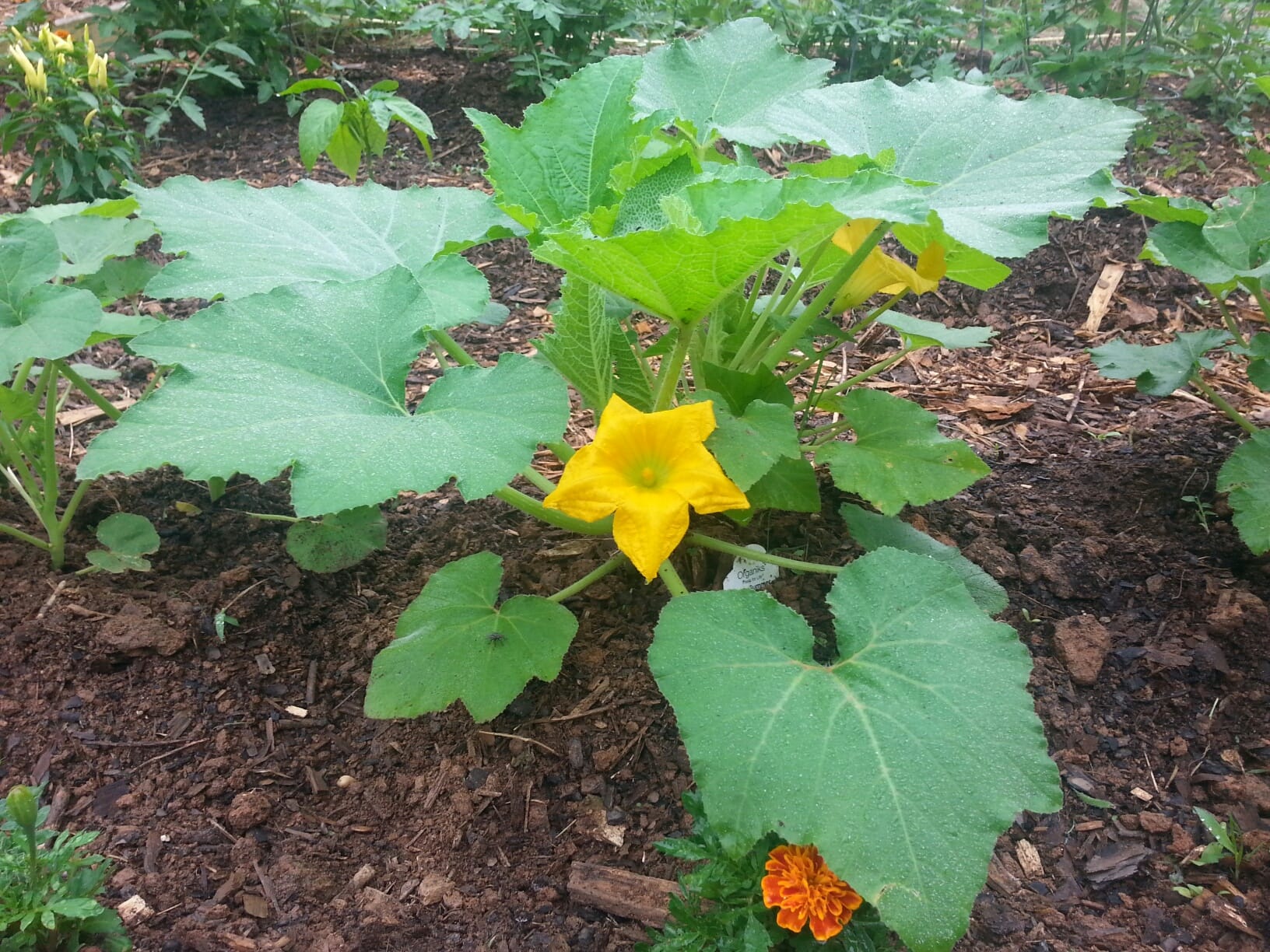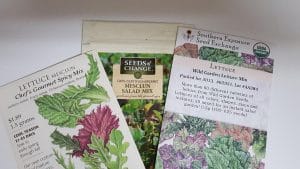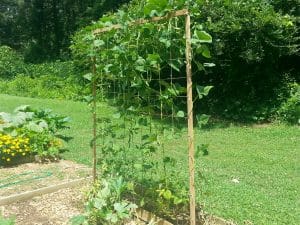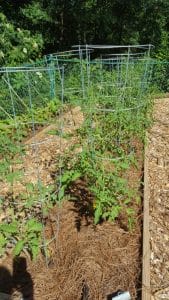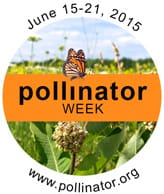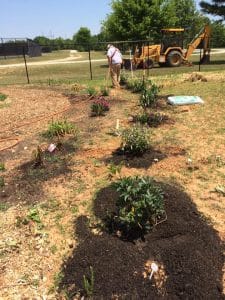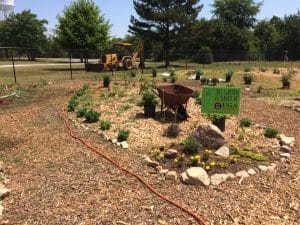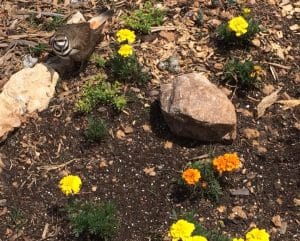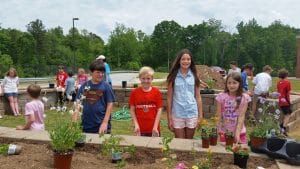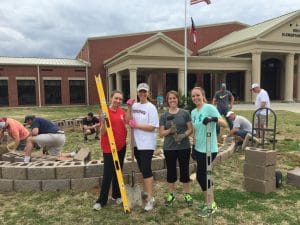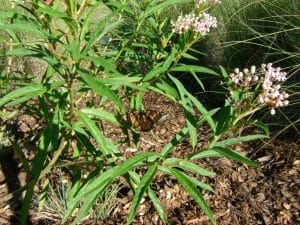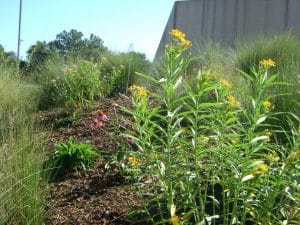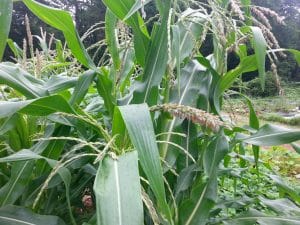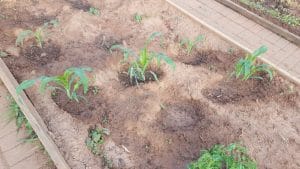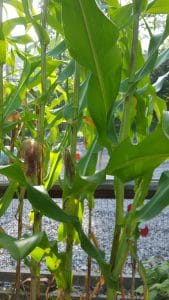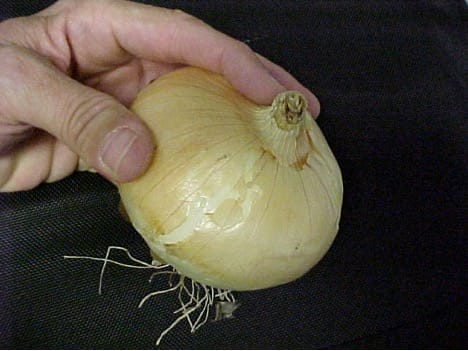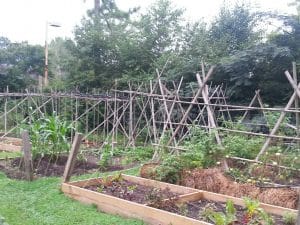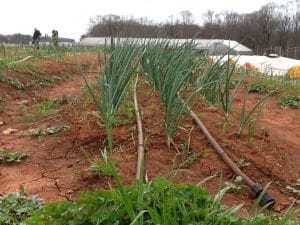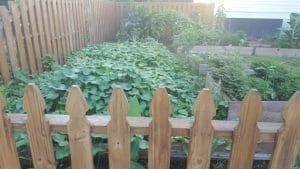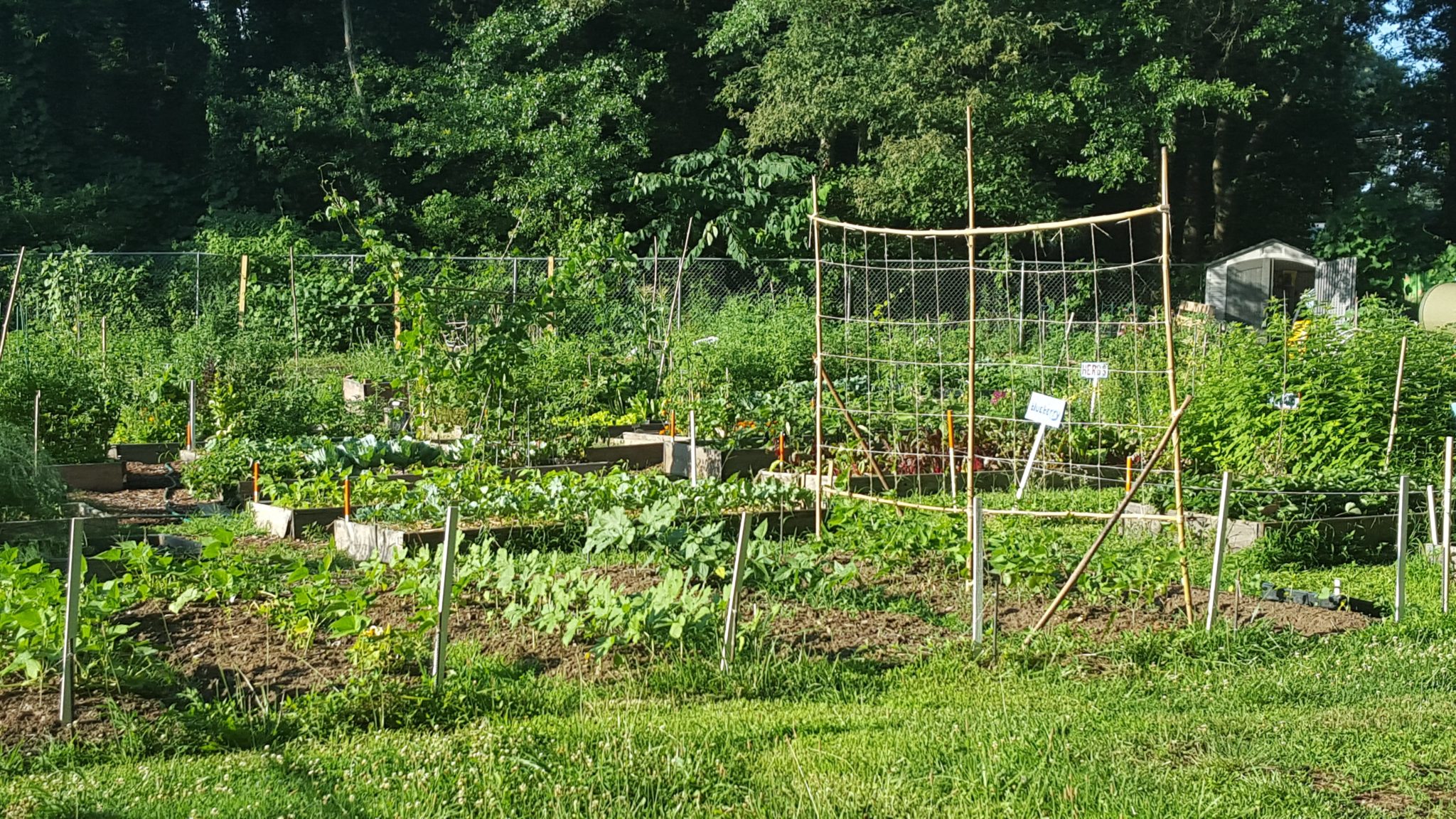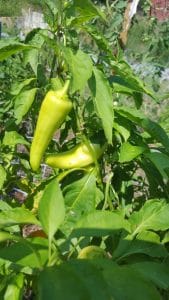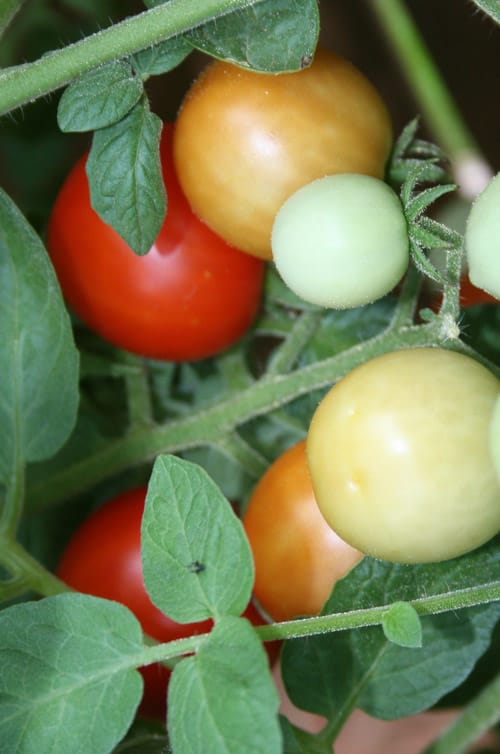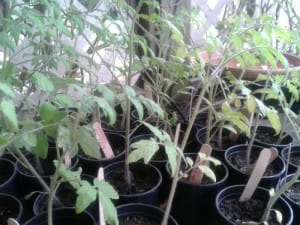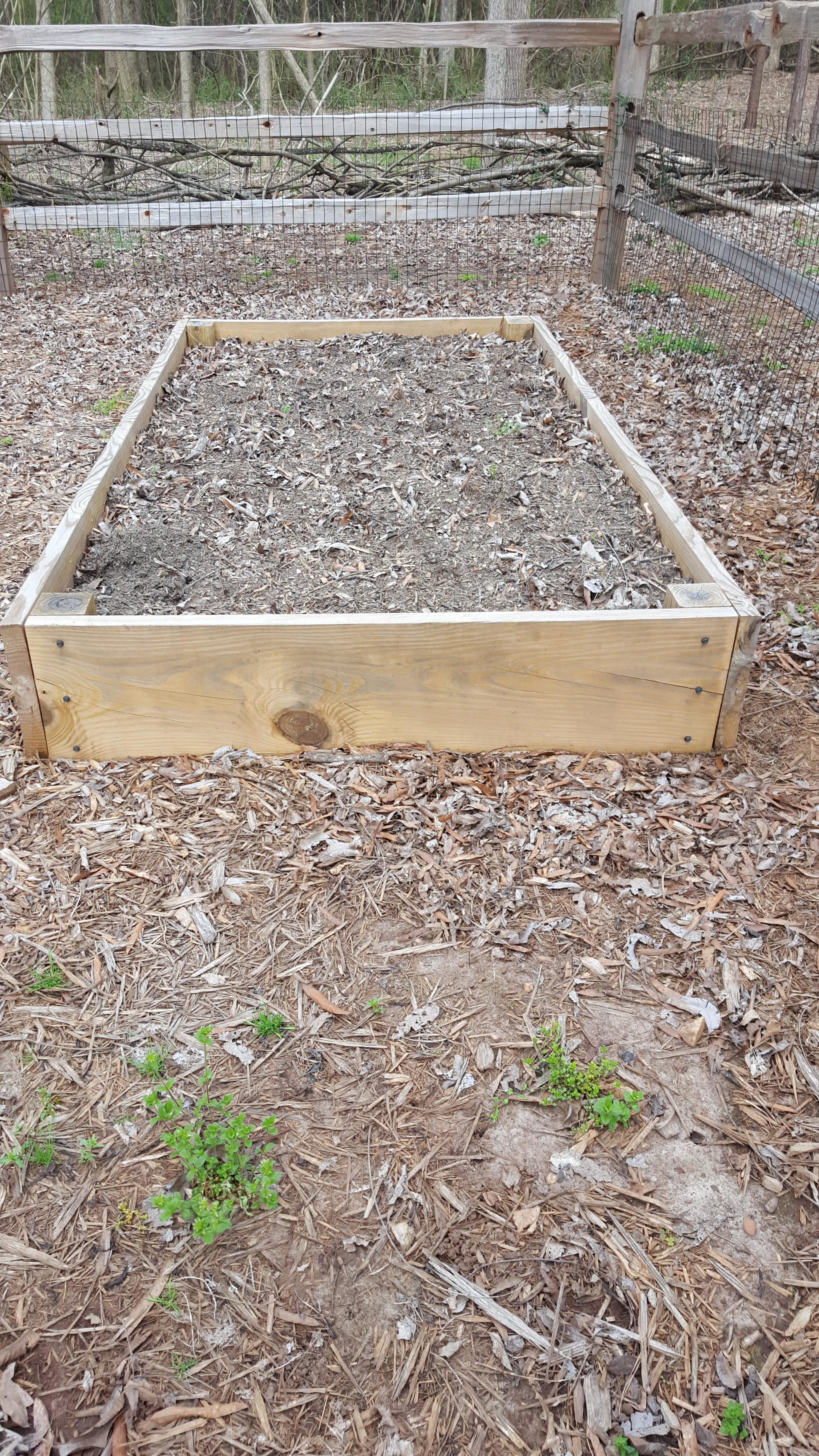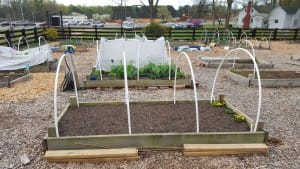This week’s garden mission – eliminate squash bug eggs before they become squash bugs!
Scouting for pests in your garden on a regular basis is a MUST. Scouting alerts you to problems before they get out of hand. This time of the year as you scout among your squash plants you may see squash bug eggs. They are not too hard to spot and should be in a cluster:
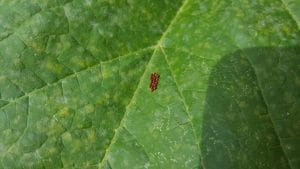
If you find an egg cluster congratulate yourself because you can now stop this pest cycle. There are several ways to do this. You could remove this leaf. Or, flick the eggs off the leaf with your fingernail but you run the risk of just moving a viable egg that could eventually become a squash bug. There is an easy way to get rid of these eggs and keep the squash leaf intact.
First, cut a short length of tape. Clear packing tape seems to work very well:
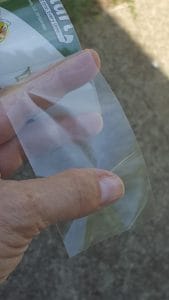
Next, press the tape on top of the eggs. Press firmly and move the tape around a bit. The eggs stick to the tape:
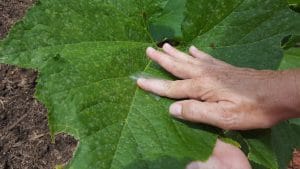
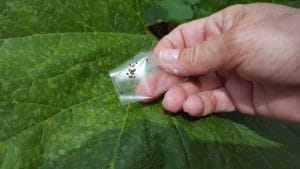
Finally, remove the tape and fold it. Crush the eggs within the folded tape and your potential pest problem is removed. Notice the squash leaf is intact.
If you miss scouting and missed finding the squash eggs, the eggs hatch and these squash nymphs become squash bugs:
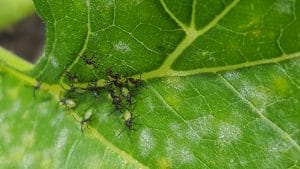
An easy chemical-free way to take care of your garden! For more information on growing squash successfully see UGA’s Home Garden Series: Homegrown Summer and Winter Squash.
Wishing you a squash bug-free garden.
Happy Gardening!
